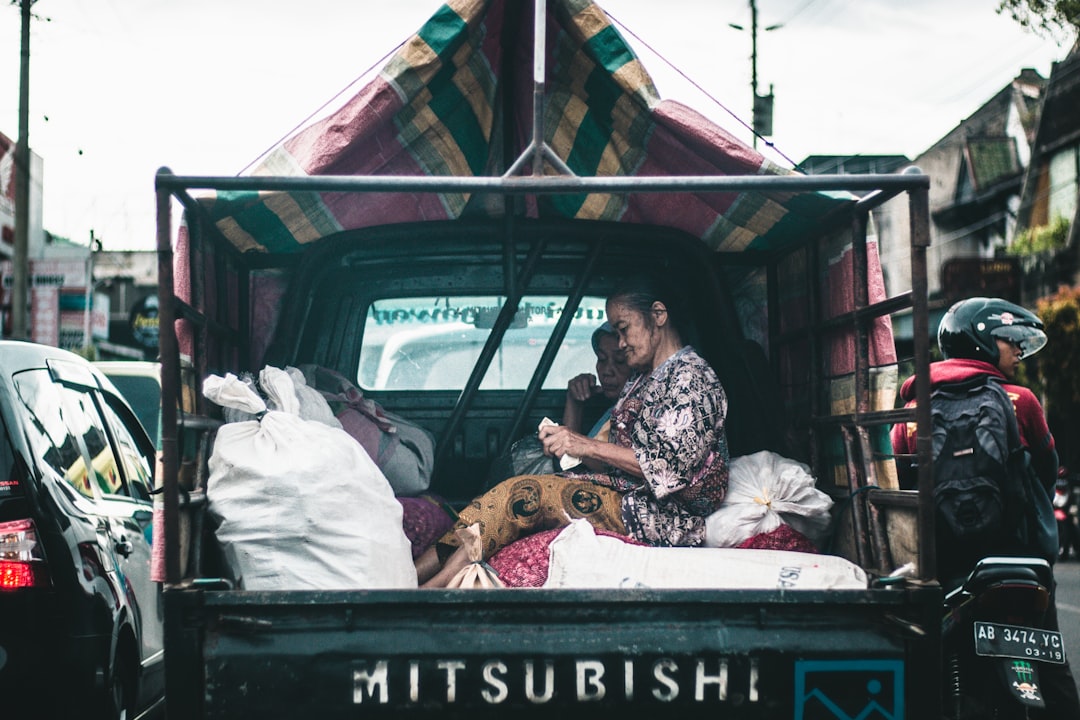What is it about?
The Calling Blighty films of WW2 were filmed messages from Burma where servicemen spoke to their families, for the first time, openly in their own accents in a Skype like way. My project to trace the relatives of the men and recreate the screenings in local cinemas, illuminates much about the nature of remembrance and the portrayal of open male emotion on screen.
Featured Image
Why is it important?
These films have been uncovered by regional archives and screened publicly for the first time in 70 years. The relatives of the men on screen came together to mourn and celebrate them, the first films featuring men speaking openly and in an uncensored way in British documentary. The article explores how the film fit into documentary wartime production and how they subtly affect remembrance over 70 years later.
Perspectives
I co-created the project to trace relatives of the men in the films (the families of over 100 men were traced) and recreated the wartime screenings to much emotion. I also made an award nominated creative documentary from the films. The article analyses these events and how they impact on the way we remember and memorise men and women in war, and that a film can be as much a memorial as a monument.
Steve Hawley
Manchester Metropolitan University
Read the Original
This page is a summary of: War memorial: The Calling Blighty films and remembrance, Media War & Conflict, April 2018, SAGE Publications,
DOI: 10.1177/1750635218763222.
You can read the full text:
Resources
Contributors
The following have contributed to this page










